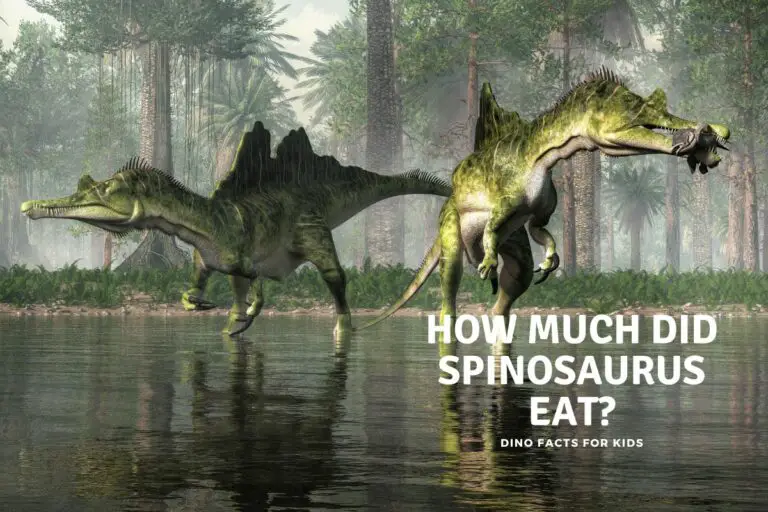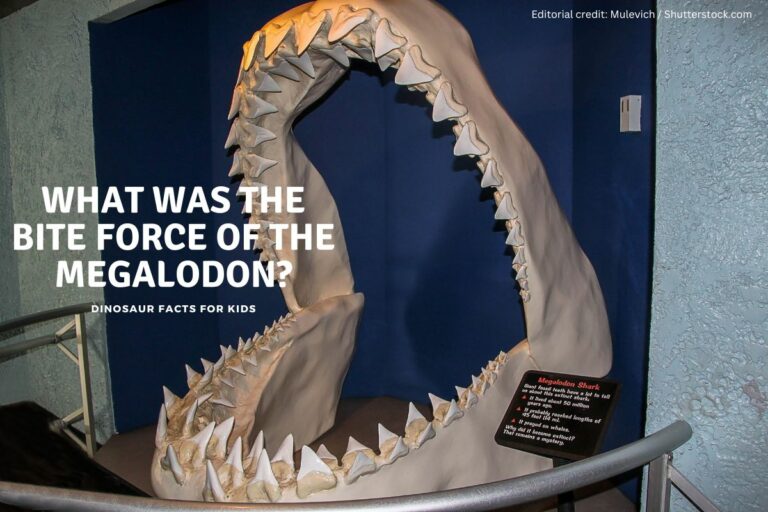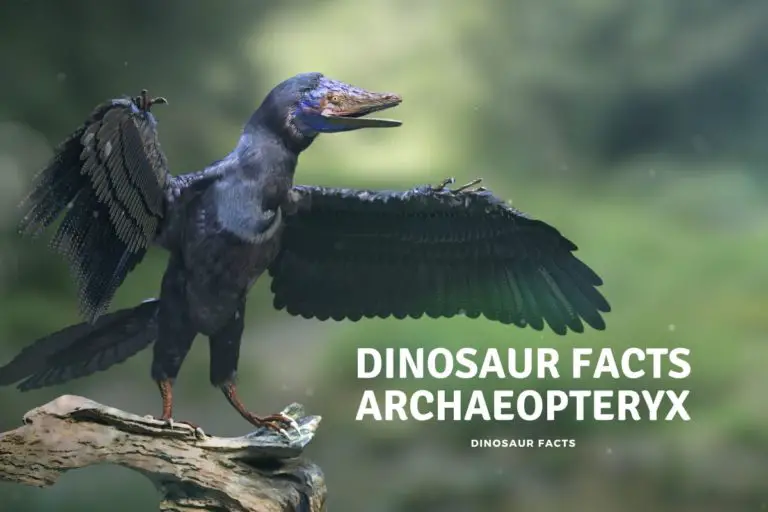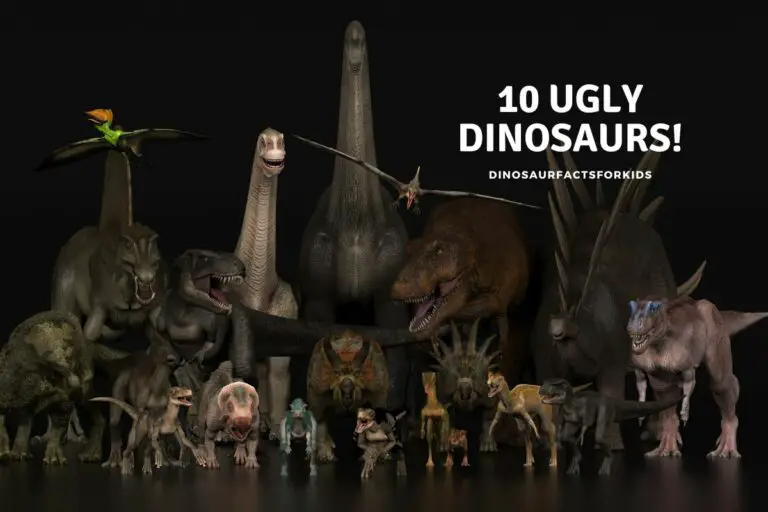When Did Dinosaurs Live?
Dinosaurs, the ever popular reptiles that once roamed our planet, lived during the Mesozoic Era, spanning from approximately 230 to 65 million years ago. This era, divided into the Triassic, Jurassic, and Cretaceous periods, witnessed the rise and fall of these incredible animals.
Dinosaurs lived during the Mesozoic Era, approximately 230 to 66 million years ago. This era is composed of the Triassic, Jurassic, and Cretaceous periods. Dinosaurs adapted and diversified throughout these periods, but their reign ended around 66 million years ago due to a major extinction event.
In this article, we’ll explore these eras in more detail and give you some of the most famous dinosaurs from each.
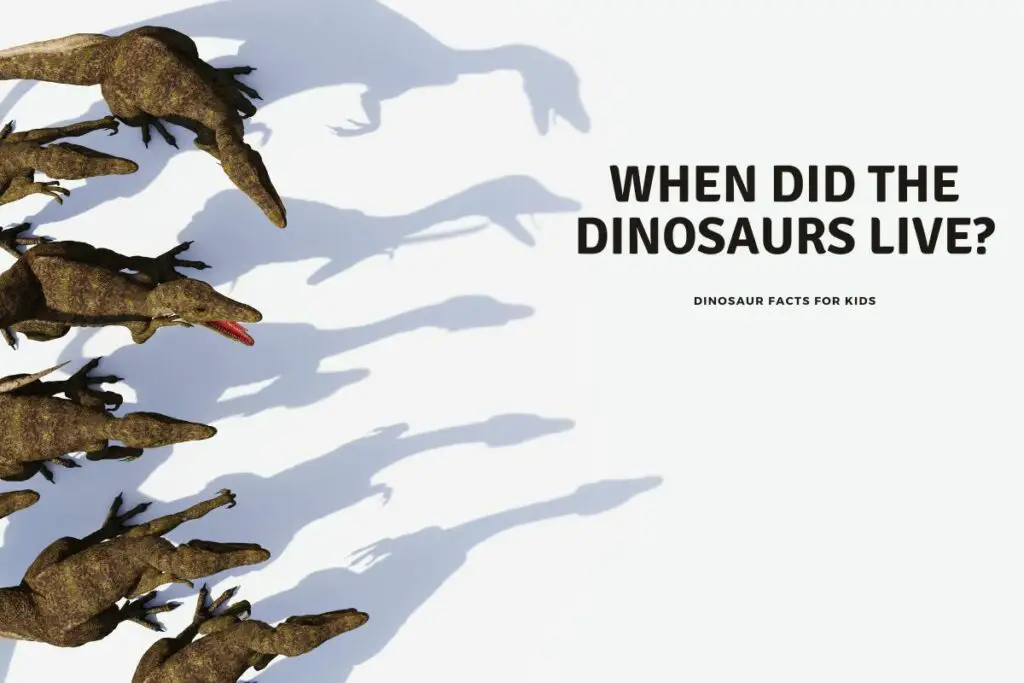
The Mesozoic Era: The Age of Dinosaurs
The Mesozoic Era stretched from roughly 230 to 65 million years ago, serving as a monumental chapter in Earth’s history. It’s most famously recognized as the “Age of Dinosaurs.”
This era is neatly divided into three sequential periods: the Triassic, Jurassic, and Cretaceous. The shifting of continents characterized the Mesozoic, causing major environmental changes that affected the types of animals that evolved.
Dinosaurs, which first started emerging during the Triassic, evolved and diversified throughout these periods, dominating the terrestrial ecosystems may be the most famous but they weren’t alone.
The era also saw the rise of marine reptiles in the seas and the flight of pterosaurs in the skies. These creatures, along with dinosaurs, and their habitats were subject to continual change, thanks to the era’s volcanic activity, sea-level fluctuations, and climatic shifts.
The end of the Mesozoic was marked by a massive extinction event, which decimated many species, including the majority of dinosaurs. In fact most (not all ) species over 25lbs become extinct.
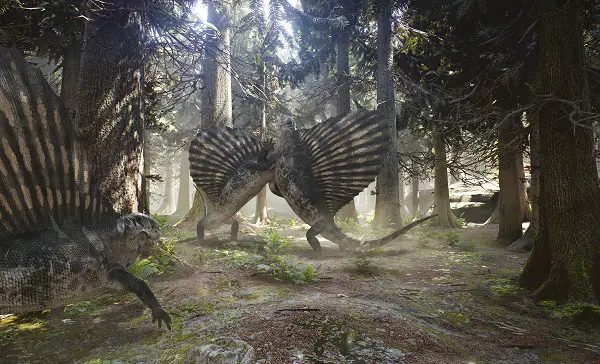
The Triassic Period (about 230-200 million years ago)
Marking the beginning of the Mesozoic Era, the Triassic Period spanned from 230 to 200 million years ago – give or take a few million years.
This period started on the heels of the Permian extinction, the most significant of the five extinction events in Earth’s history. About 90% of all marine life and 70% of land life went extinct. you can read more here.
In the wake of this devastation, the stage was set for the rise of new species. Among the newcomers were the first dinosaurs, like Eoraptor and Herrerasaurus.
These proto-dinosaurs were considerably smaller and more primitive than their later descendants, and although some were starting to show clues to how large they would become there was nothing in size compared to dinosaurs from the Jurassic and cretaceous periods.
The climate of the Triassic was varied, with regions experiencing both dry and humid conditions. This variability in climate influenced the types of vegetation, which, in turn, shaped the herbivorous diets of many early dinosaurs.
The period’s end saw another significant extinction event, thought to be volcanic activity, clearing the way for dinosaurs in the subsequent Jurassic Period.
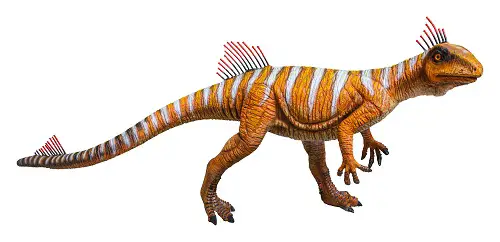
Table 1: Examples of Triassic Dinosaurs
| Name | Description | Diet | Approximate Size | When They Lived | Where Fossils Have Been Found |
|---|---|---|---|---|---|
| Eoraptor | One of the earliest known dinosaurs, with a slender body and sharp teeth. | Carnivorous | 1 meter (3.3 feet) long | Late Triassic | Argentina |
| Herrerasaurus | A two-legged predator with a long tail and a relatively large head. | Carnivorous | 3-6 meters (10-20 feet) long | Late Triassic | Argentina |
| Plateosaurus | A long-necked herbivore that walked on two legs but could occasionally walk on all four. | Herbivorous | 4.8-10 meters (16-33 feet) long | Late Triassic | Central Europe & Greenland |
| Coelophysis | A slender, bipedal carnivore with a long neck. Fossils have been found in groups, suggesting social behavior. | Carnivorous | 3 meters (10 feet) long | Late Triassic | North America (New Mexico) |
| Melanorosaurus | A sturdy, herbivorous dinosaur that likely walked on both two and four legs. | Herbivorous | 6 meters (20 feet) long | Late Triassic | South Africa |
| Staurikosaurus | A small carnivorous dinosaur with features similar to Herrerasaurus. | Carnivorous | 2.2 meters (7.2 feet) long | Late Triassic | Brazil |
| Liliensternus | A two-legged carnivore with a long tail. Closely related to Coelophysis but lived in what is now Europe. | Carnivorous | 5.15 meters (16.9 feet) long | Middle to Late Triassic | Germany & France |
The Jurassic Period (about 200-145 million years ago)
The Jurassic Period, spanning from 200 to 145 million years ago, is often recognized as a pinnacle in the age of dinosaurs. During this time, the supercontinent Pangaea began breaking apart, creating two landmasses:
Laurasia to the north and Gondwana to the south. This continental shift led to a diversification of habitats and subsequently, a proliferation of new dinosaur species.
While the Triassic introduced dinosaurs, it was during the Jurassic that they truly flourished and became dominant terrestrial creatures. The era also marked the appearance of the first birds, evolving from theropod ancestors.
Long-necked sauropods became prevalent, and many herbivorous dinosaurs evolved defensive mechanisms against increasing carnivorous threats. Like the Allosaurus we picture below.
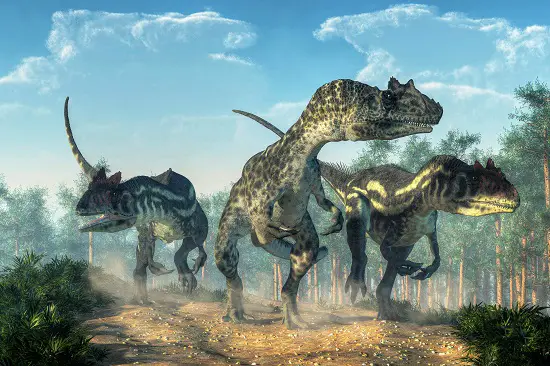
Table 2: Examples of Jurassic Dinosaurs
| Name | Description | Diet | Time Period | Location |
|---|---|---|---|---|
| Allosaurus | Large predator with sharp teeth and claws. | Carnivorous | Late Jurassic | North America, Europe |
| Brachiosaurus | Long-necked sauropod with front legs longer than hind legs. | Herbivorous | Late Jurassic | North America |
| Stegosaurus | Recognized by its spiked tail and plates along its back. | Herbivorous | Late Jurassic | North America |
| Dilophosaurus | Medium-sized predator, believed to have had a crest on its head. | Carnivorous | Early Jurassic | North America |
| Apatosaurus | Massive sauropod with a long neck and tail. | Herbivorous | Late Jurassic | North America |
| Compsognathus | Small, bipedal predator with a long tail. | Carnivorous | Late Jurassic | Europe |
| Archaeopteryx | Transitional species between dinosaurs and birds. | Carnivorous | Late Jurassic | Germany |
The Cretaceous Period (about 145-65 million years ago)
The Cretaceous Period, lasting from 145 to 65 million years ago, is the final and longest segment of the Mesozoic Era.
The division of Laurasia and Gondwana continued, leading to present-day continents’ configuration.
The period witnessed a diversity explosion in both flora and fauna. Angiosperms, or flowering plants, began to dominate, which influenced the evolution of herbivorous dinosaurs.
Familiar species, such as the Tyrannosaurus rex, velociraptor and Triceratops, became icons of this era and the current most popular of all dinosaurs
However, the Cretaceous also signifies an end – with the all to well covered extinction event that wiped out nearly all dinosaurs.
This event, widely believed to be caused by a combination of volcanic activity and an asteroid impact, reshaped the Earth’s and allowed mammals, guess which one in particular, the chance to become the dominant lifeform on the planet.

Table 3: Examples of Cretaceous Dinosaurs
| Name | Description | Diet | Time Period | Location |
|---|---|---|---|---|
| Tyrannosaurus rex | Massive predator with strong jaws and sharp teeth. | Carnivorous | Late Cretaceous | North America |
| Triceratops | Herbivore with three horns and a large frill on its head. | Herbivorous | Late Cretaceous | North America |
| Velociraptor | Small, agile predator with a sickle-shaped claw. | Carnivorous | Late Cretaceous | Asia (Mongolia) |
| Spinosaurus | Large carnivore with a sail-like structure on its back. | Carnivorous | Early Cretaceous | North Africa |
| Ankylosaurus | Armored herbivore with a clubbed tail. | Herbivorous | Late Cretaceous | North America |
| Parasaurolophus | Herbivore with a long, backward-extending cranial crest. | Herbivorous | Late Cretaceous | North America |
| Iguanodon | Herbivore known for its thumb spikes. | Herbivorous | Early Cretaceous | Europe, Asia, North America |
Factors Leading to Dinosaur Extinction
The end of the Cretaceous period, around 65 million years ago, marked the extinction of almost all dinosaur species. This event, known as the Cretaceous-Paleogene (K-Pg) extinction, is among the Earth’s five significant extinction episodes.
Although the exact cause remains a topic of scientific debate, two leading theories dominate discussions.
- The first is a colossal asteroid impact, with the Chicxulub crater in present-day Mexico serving as evidence. This impact would have caused global wildfires, tsunamis, and dramatically reduced sunlight, leading to a decline in photosynthesis.
- The second theory involves extensive volcanic activity in the Deccan Traps, releasing vast amounts of sulfur and carbon dioxide into the atmosphere, affecting global climate and food chains.
It’s possible that a combination of these events, along with other ecological factors, led to the dinosaurs’ end and that the way was paved for smaller animals to start to flourish just over 65 million years ago.
Why is the Dinosaur Timeline Important
Grasping the dinosaur timeline is important as it offers a window into Earth’s evolutionary history. It shows us patterns of climatic changes, and their causes, which helps to shed light on how ecosystems have evolved in response to these environmental changes.
Lessons from mass extinctions, like the end-Cretaceous event, serve as cautionary tales, emphasizing the fragility of life and the impacts of global catastrophes. Especially climate change which is unarguably happening in todays world as well.
Recognizing these connections reinforces t the delicate nature of life on our planet.
Dinosaurs and Their Timeline: Misconceptions
- Firstly, not all ancient reptiles were dinosaurs; creatures like plesiosaurs and dimetrodons fall outside the dinosaur category.
- A often heard misconception is that humans and dinosaurs coexisted; in reality, a gap of over 60 million years separates humans from the last dinosaurs.
- Lastly, while modern reptiles share evolutionary ancestors with dinosaurs, they are distinct groups. Crocodiles might seem “dinosaurian,” but they’re closer to birds in the evolutionary tree.
Conclusion
Dinosaurs lived during the Mesozoic Era, which lasted from around 230 to 65 million years ago. This era is divided into three periods: the Triassic, Jurassic, and Cretaceous.
Throughout this time, dinosaurs evolved into various forms, adapting to different environments and challenges. Their reign ended abruptly, likely due to a combination of catastrophic events, including a massive asteroid impact.
Studying the timeline and history of dinosaurs gives us valuable information about Earth’s past and the factors that influence the rise and fall of species. Understanding this history is important for both scientific and cultural reasons.
References
- https://www.nhm.ac.uk/discover/when-did-dinosaurs-live.html
- https://www.usgs.gov/faqs/when-did-dinosaurs-become-extinct
- https://ypte.org.uk/factsheets/dinosaurs/when-did-the-dinosaurs-live-on-earth
- https://www.usgs.gov/faqs/did-people-and-dinosaurs-live-same-time
Hi, I am Roy Ford a General Studies and English Teacher who has taught all over the world. What started as a fossil collection became a great way to teach, motivate and inspire students of all ages and all over the world about dinosaurs and from that and children’s love of dinosaurs came the site dinosaur facts for kids, a resource for all ages.

